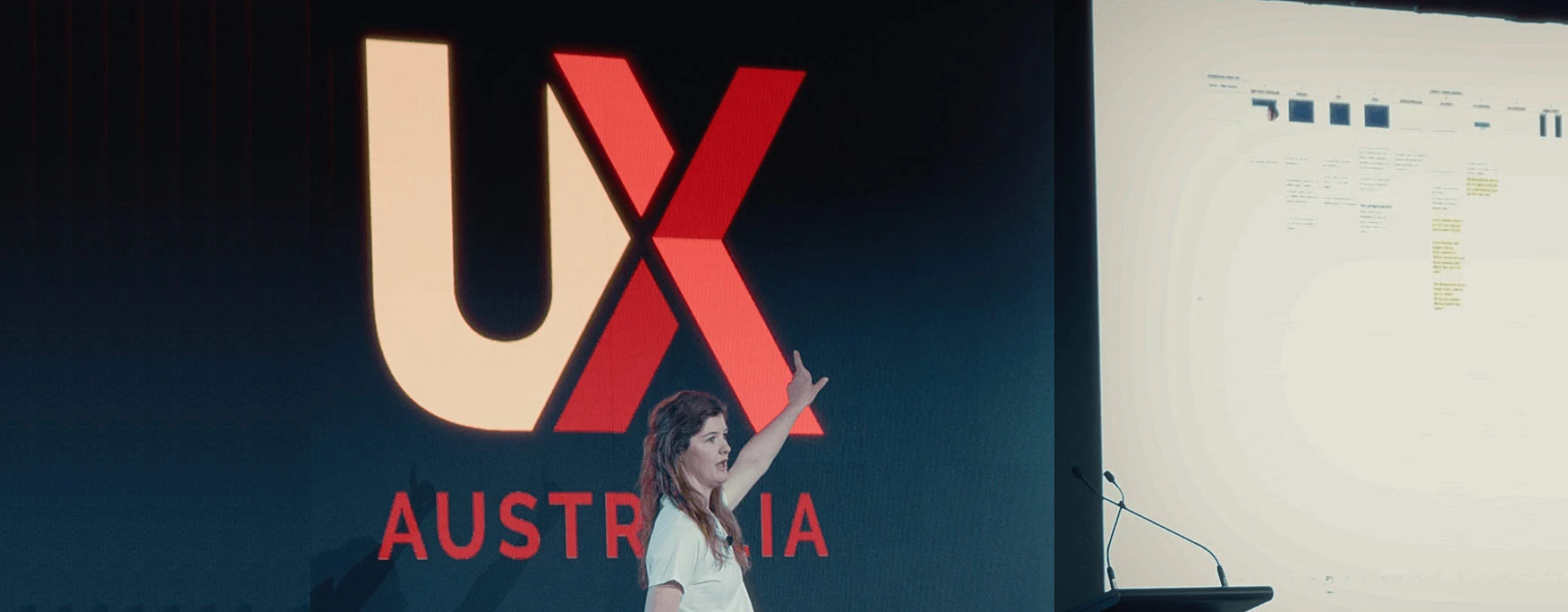
Length
3 min read
We spend a lot of time note-taking and would love to share a note making strategy that saves our team a HEAP of time (and money).
The new strategy is visual (which clients love), quick to synthesise (which researchers love) and easily translates findings into design recommendations (which designers love). You can thank us later. Read on, or start listening to the presentation audio and viewing the slides below.
The Challenge.
Historically, what we’ve done (and what we’ve seen others do) is note-taking usability testing using a Word or Excel doc. There are a number of issues with these approaches:
- It can be challenging to match comments in the document back to specific features on the website. You might have comments like “didn’t notice the CTA”, but there may have been multiple CTAs on the testing page.
- It’s difficult to compare across users – you have to transfer notes to a Miro board or similar to analyse.
- Insights aren’t apparent until days later once synthesis is complete.
The Opportunity.
We often present usability testing results to clients using a ‘traffic light’ system – demonstrating what works (green), what doesn’t (red), and opportunities for improvement (blue).
How Might We (HMW).
How might we address the shortcomings of our current note-taking system for usability testing?
Our thinking went along the following lines: If clients want to know what’s working, what’s not and where the opportunities are, and we are presenting these findings to clients visually, why are we starting here?
The Concept.
We trialled a note making strategy where we made notes directly in Miro using screenshots of the platform being tested. We circumvent the issues of matching and synthesis and can get to the findings quicker. The first iteration of this concept didn’t have any boxes and proved too hectic for the team. After the first trial, we added boxes. We also colour-coded the findings using the traffic light system – red for bad, green for good, and blue for opportunity. And it works. We also use ‘findings cards’ to summarise each box. A Findings Card consists of the finding, the supporting evidence, and the design recommendation. This card is a 50–80-word summary. This approach saves approximately two days’ worth of back-and-forth synthesis; it means we can show clients’ findings in a visual way much sooner and makes our lives as researchers much easier.
Where To Next.
This concept was presented at UX Australia in 2023 with an invitation for attendees to test the approach and see where it works and fails. It can be credited as the ‘Synth it Directly (SiD) approach by Symplicit’s Amelia Purvis.
See the slides from Amelia’s presentation in a PDF.
And here is the presentation audio:
